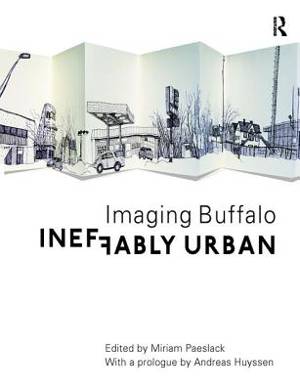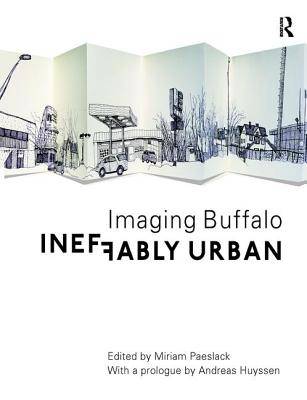
- Retrait gratuit dans votre magasin Club
- 7.000.000 titres dans notre catalogue
- Payer en toute sécurité
- Toujours un magasin près de chez vous
- Retrait gratuit dans votre magasin Club
- 7.000.0000 titres dans notre catalogue
- Payer en toute sécurité
- Toujours un magasin près de chez vous
Description
Buffalo, in New York state, is 'ineffable': a typical city in transition between its past and future. It is a classic example of one of many 'shrinking cities' in North America and elsewhere which once prospered because of heavy industrialization, but which now have to deal with various degrees of urban decay. Bringing together a range of scholars from the humanities, the social sciences, art and architecture, this volume looks at both the literal city image and urban representation generated by photographs, video, historical and contemporary narratives, and grass-root initiatives. It investigates the notion of agency of media in the city and, in return, what the city's agency is. This agency matters particularly as it is both transforming - shrinking, fading, being redefined - and being shaped through its visual and spatial mediation. While illustrated by Buffalo in particular, the book examines a broader phenomenon: the identity of those cities that were built and blossomed during the late 19th and early 20th century and are now in different stages of decline and disintegration. However, while such cities are all confronted with complex issues of economic instability, social and racial segregation, urban sprawl and shrinking processes both in the inner city and more and more in their ex-urban belts, they are too often described through dramatically simplifying visual and linguistic tropes. In Buffalo such tropes refer dialectically either to the city's past glory or its presumed current cultural, political and economical stasis and decline. This book takes such tired, and familiar tropes and questions them.
Spécifications
Parties prenantes
- Auteur(s) :
- Editeur:
Contenu
- Nombre de pages :
- 232
- Langue:
- Anglais
Caractéristiques
- EAN:
- 9781138271920
- Date de parution :
- 16-11-16
- Format:
- Livre broché
- Format numérique:
- Trade paperback (VS)
- Dimensions :
- 189 mm x 246 mm
- Poids :
- 430 g

Les avis
Nous publions uniquement les avis qui respectent les conditions requises. Consultez nos conditions pour les avis.






